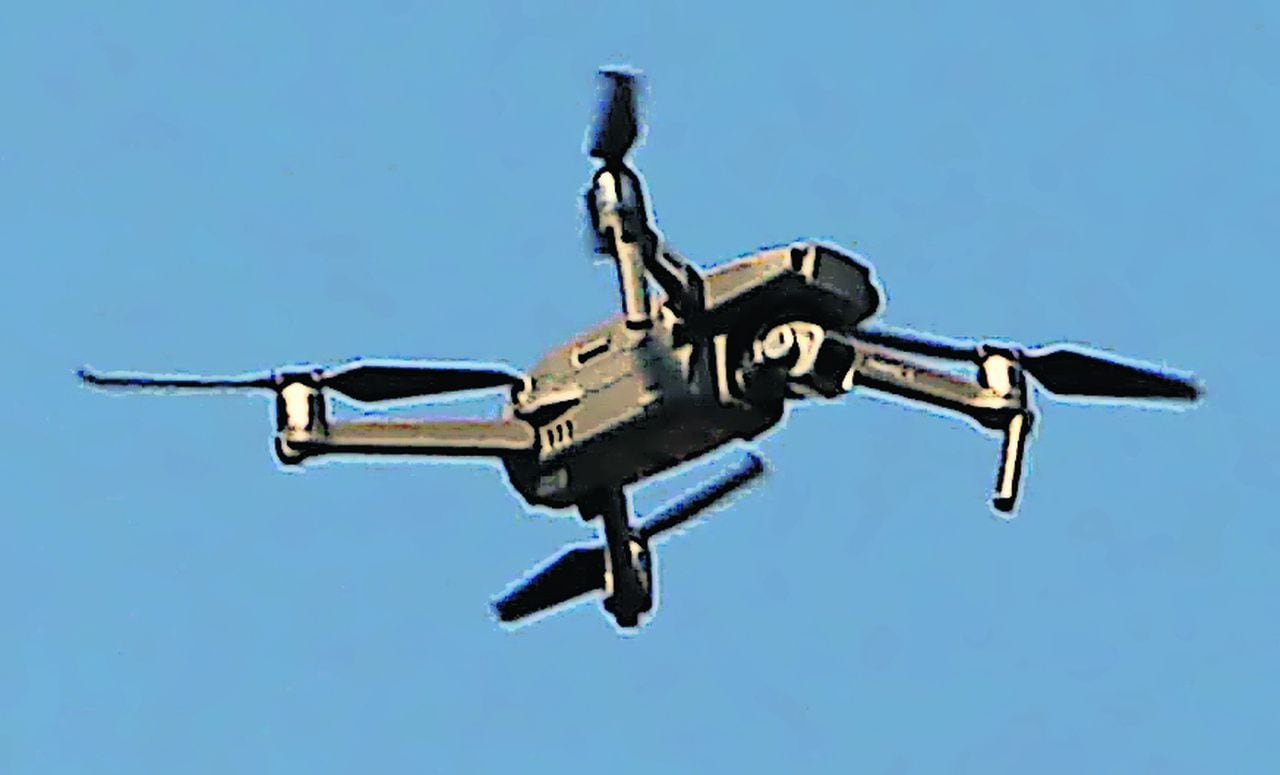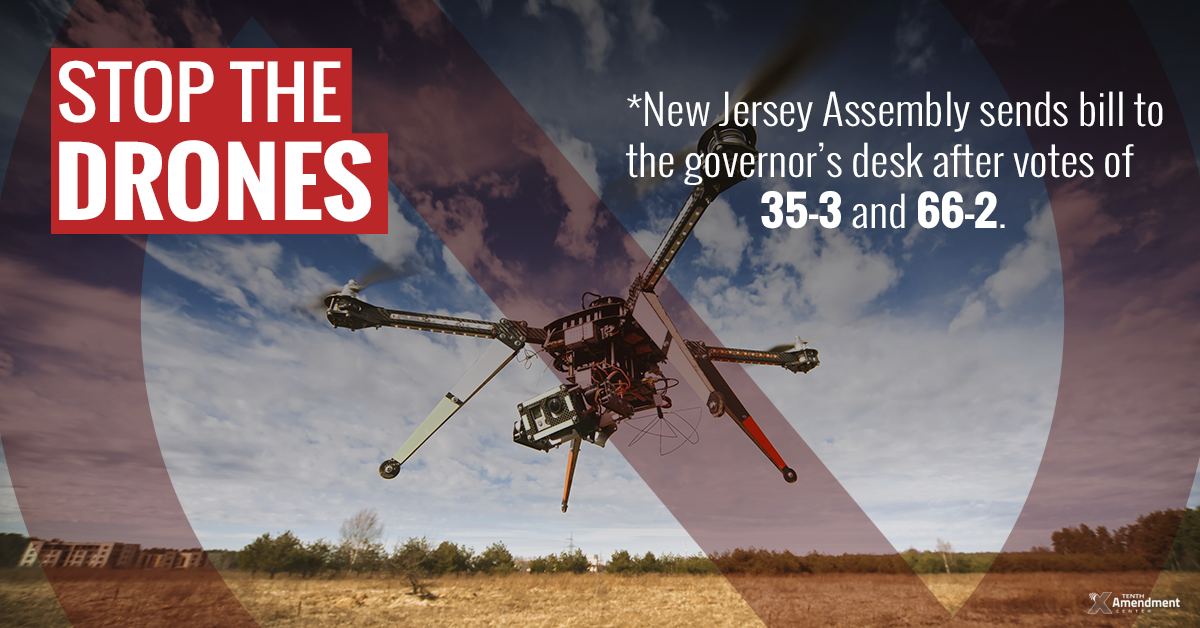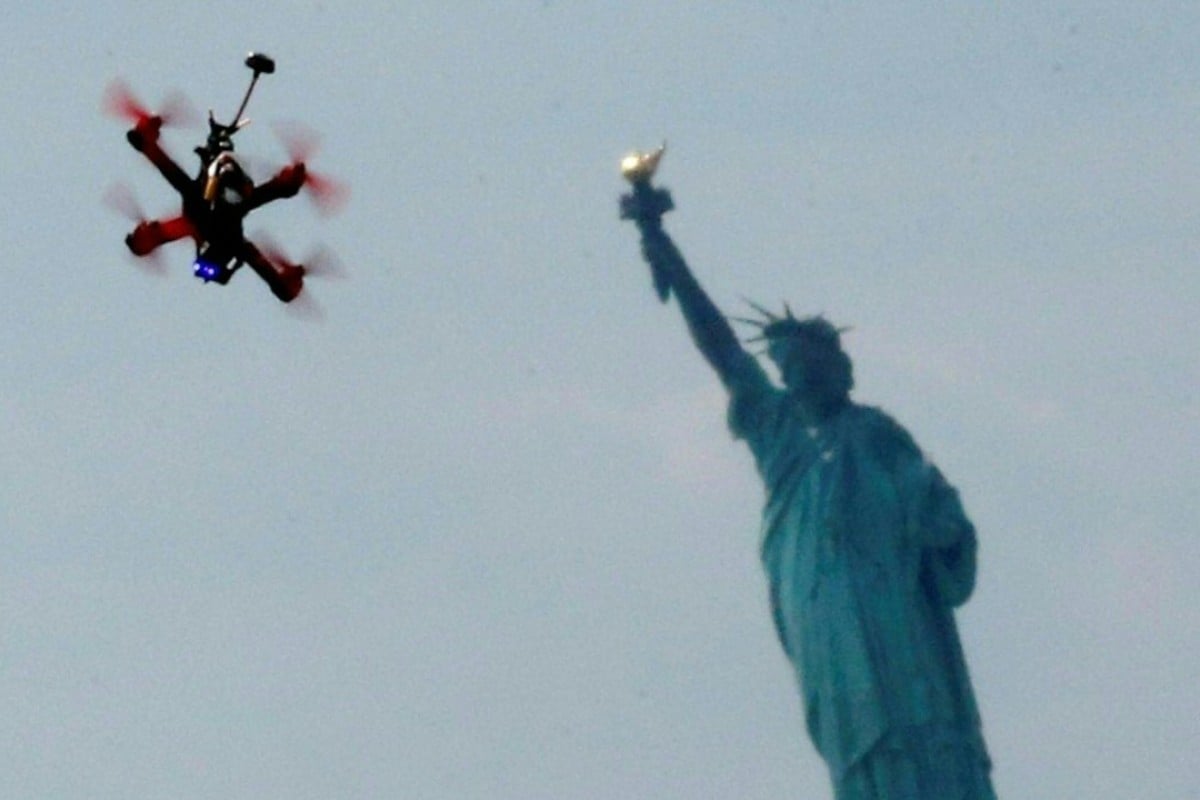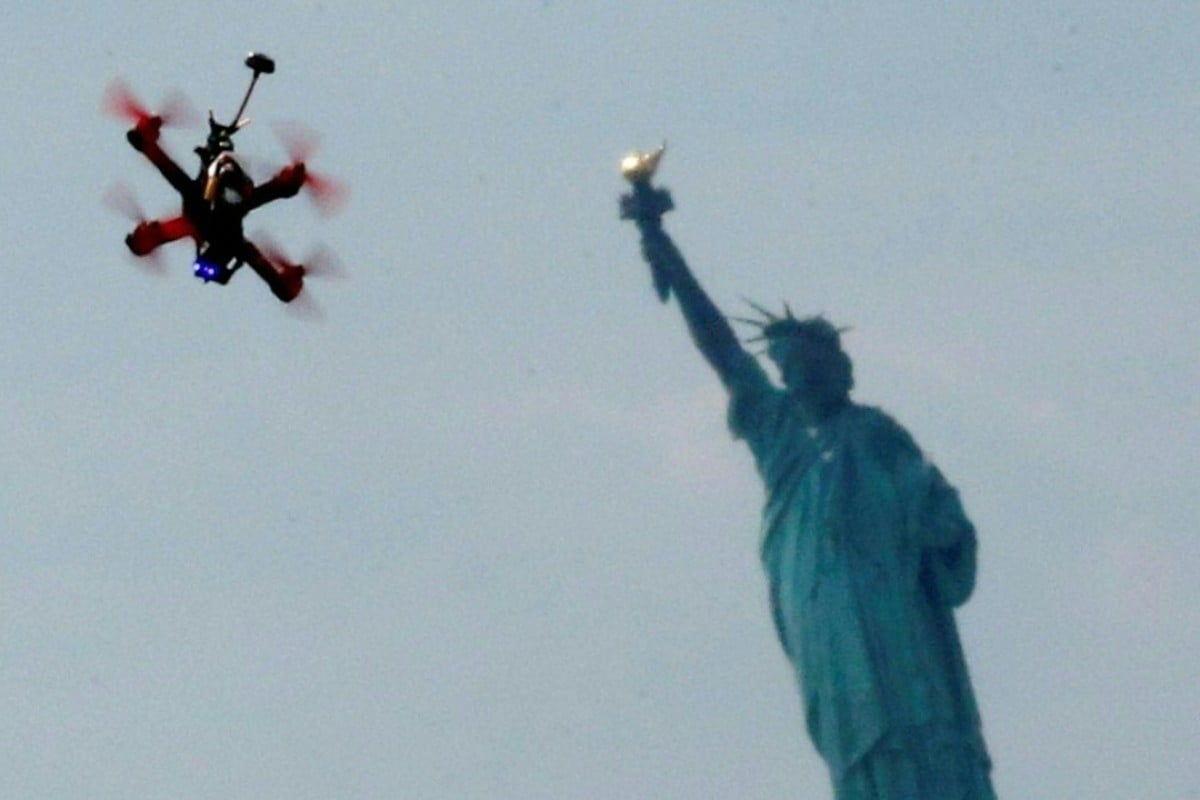Drones Over New Jersey Solved: This investigation delves into the recent surge of unauthorized drone activity across the Garden State, examining the challenges faced by law enforcement, the evolving legal landscape, and the technological advancements aimed at mitigating these risks. We’ll explore specific case studies where successful investigations led to the identification and apprehension of responsible parties, highlighting the methods employed and the lessons learned.
The narrative will cover the types of drones involved, the response protocols implemented, and the broader implications for public safety and security.
From analyzing the frequency of drone incidents over the past five years to detailing the capabilities of various drone detection technologies, this exploration provides a comprehensive overview of the issues surrounding unauthorized drone use in New Jersey and the strategies being implemented to address them. We’ll compare New Jersey’s regulations with those of neighboring states and discuss the potential for future technological advancements in this rapidly evolving field.
Recent Drone Incidents and Law Enforcement Response in New Jersey: Drones Over New Jersey Solved
The increasing prevalence of drones in New Jersey airspace has led to a rise in unauthorized drone activity, posing challenges to law enforcement and raising public safety concerns. This article examines recent drone incidents, law enforcement responses, legal frameworks, public safety implications, technological advancements in drone detection, and case studies of solved incidents.
Recent Drone Incidents in New Jersey
Several significant drone incidents have been reported in New Jersey over the past year. These incidents highlight the need for robust regulations and effective enforcement mechanisms.
| Date | Location | Description | Drone Type (Suspected) |
|---|---|---|---|
| October 26, 2023 | Newark Liberty International Airport | A drone was sighted near the airport’s runway, causing a temporary flight delay. | Small, commercially available quadcopter |
| August 15, 2023 | Atlantic City | A drone was observed flying over a crowded beach area, potentially violating airspace restrictions. | Larger, potentially modified drone with high-resolution camera |
| June 10, 2023 | Princeton University Campus | A drone was used to capture unauthorized aerial footage of a restricted area. | Small, consumer-grade drone |
| March 5, 2023 | New Brunswick | A drone was reported flying erratically near a residential area, causing concern among residents. | Unknown, potentially a malfunctioning drone |
| January 20, 2023 | Trenton | A drone was sighted near a government building, raising security concerns. | Small, possibly equipped with surveillance capabilities |
A timeline illustrating the frequency of reported drone incidents over the past five years reveals a steady increase, necessitating proactive measures to address this growing issue.
The types of drones involved vary widely, ranging from small, commercially available quadcopters to larger, potentially modified drones with advanced capabilities. Determining the origin of the drones and the intent of the operators remains a key challenge in many investigations.
Law Enforcement Response to Drone Activity, Drones over new jersey solved
New Jersey law enforcement agencies employ various response protocols to deal with unauthorized drone activity. These protocols often depend on the specific circumstances of each incident.
Different agencies across the state may utilize varying approaches, ranging from visual observation and attempts to identify the operator to more active intervention strategies, including deploying counter-drone technology in high-risk situations. Consistency in protocols across agencies is crucial for effective response.
In a hypothetical scenario involving a drone sighting near a critical infrastructure site (e.g., a nuclear power plant), law enforcement would likely initiate a multi-agency response. This would involve establishing a secure perimeter, deploying drone detection and jamming technology, attempting to identify and track the drone’s trajectory, and coordinating with air traffic control to ensure the safety of manned aircraft.
Further investigation would focus on identifying the operator and determining their motives.
Legal and Regulatory Frameworks
New Jersey’s drone regulations are primarily governed by federal aviation regulations, supplemented by state-specific laws and ordinances. These regulations address issues such as registration, licensing, airspace restrictions, and operational limitations.
However, gaps and ambiguities exist in the current legal framework, particularly concerning the enforcement of privacy rights and the jurisdictional challenges posed by drones crossing state lines. Clarification of these areas is essential for effective regulation.
Compared to a neighboring state like Pennsylvania, New Jersey’s regulations demonstrate similarities in their focus on federal guidelines, but there may be differences in specific restrictions related to airspace and operational permits. A detailed comparative analysis would reveal these nuances.
Public Safety Concerns and Solutions

Unauthorized drone operations pose several risks, including threats to privacy through unauthorized surveillance, potential security breaches at critical infrastructure sites, and public safety hazards caused by collisions or malfunctions.
- Drone detection systems, capable of identifying and tracking unauthorized drones, are crucial for mitigating risks.
- Counter-drone technologies, such as jamming or net-based systems, can neutralize threatening drones.
- Public awareness campaigns can educate the public on safe drone operation practices and the legal consequences of unauthorized use.
Technological Advancements in Drone Detection

Several drone detection technologies are available, each with its strengths and limitations. These technologies are constantly evolving, driven by advancements in AI and machine learning.
The recent increase in unauthorized drone activity over New Jersey prompted a swift response from authorities, leading to a resolution of the issue. Understanding the capabilities of these devices is crucial; for instance, many are equipped with high-resolution cameras, such as those found in models detailed on this site: drone with camera. The improved surveillance technology allows for better identification and tracking of rogue drones, ultimately aiding in solving future incidents over New Jersey airspace.
Radar systems offer long-range detection but may struggle with small, low-flying drones. Acoustic sensors can detect the sound of drone rotors but are limited by environmental noise. Visual detection systems, including cameras and thermal imaging, provide detailed information but require operator expertise.
- Improved accuracy and range of detection.
- Enhanced ability to differentiate between drones and other flying objects.
- Real-time threat assessment and automated response capabilities.
- Integration of multiple sensor technologies for comprehensive detection.
Case Studies of Solved Drone Incidents

Several instances of unauthorized drone activity in New Jersey have been successfully investigated and resolved. These cases highlight the importance of effective investigative techniques and inter-agency collaboration.
| Case | Methods Used | Outcome |
|---|---|---|
| Case 1: Drone near Airport | Analysis of flight data, witness statements, drone tracking technology | Operator identified and fined; new regulations implemented |
| Case 2: Drone over Restricted Area | Surveillance footage, drone identification via serial number, geolocation data | Operator apprehended, facing criminal charges |
| Case 3: Drone Causing Public Disturbance | Community outreach, social media investigation, drone detection technology | Operator voluntarily surrendered drone, received warning |
The successful resolution of several high-profile drone incidents in New Jersey underscores the growing effectiveness of law enforcement and technological advancements in combating unauthorized drone activity. While challenges remain, the collaborative efforts of law enforcement agencies, technological innovation, and increased public awareness are paving the way for safer skies over New Jersey. Continued investment in drone detection technologies, coupled with robust legal frameworks and public education initiatives, will be crucial in maintaining this progress and ensuring the responsible use of drones in the future.
FAQ Section
What penalties can drone operators face for violating New Jersey laws?
Penalties vary depending on the severity of the violation and can include fines, license suspension, and even criminal charges.
The recent drone activity over New Jersey, thankfully, appears to be resolved. The incident highlights the increasing need for advanced drone technology, and models like the high-quality black falcon 4k drone canada offer impressive capabilities for both professional and recreational use. Understanding these capabilities is crucial for effective drone regulation and incident response, ensuring future drone activity in New Jersey remains safe and controlled.
Are there specific no-fly zones for drones in New Jersey?
Yes, several areas, including airports, critical infrastructure sites, and certain public events, are designated as no-fly zones. Check with the FAA for the most up-to-date information.
How can I report an unauthorized drone sighting in New Jersey?
Contact your local law enforcement agency or the FAA.
What types of drone detection technologies are most effective?
Effectiveness depends on the specific circumstances, but a combination of radar, acoustic sensors, and visual systems often proves most effective.
